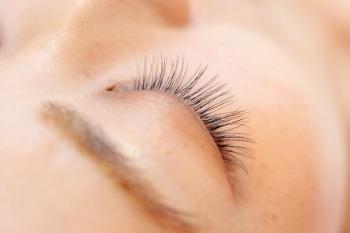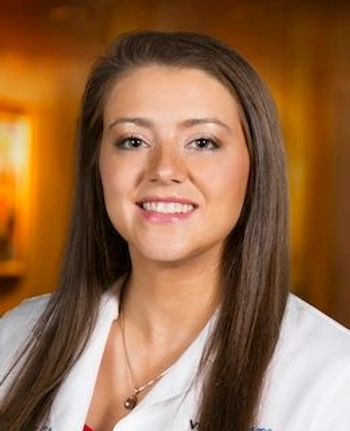
AAOpt 2025: Dry eye and its neurological implications
Jacqueline Theis, OD, FAAO, reminds eye care providers that all dry eye is neurological.
During American Academy of Optometry's Academy 2025 meeting in Boston, Massachusetts, Jacqueline Theis, OD, FAAO, gave her presentation "Neurologic Dry Eye: What Like It’s Hard?," which discussed dry eye and focused on its neurological components and complex nature. Theis, who primarily works in neuro and binocular vision, emphasizes that all dry eye has a neurologic component that is often under-appreciated. The brain and brain stem play crucial roles in maintaining ocular surface homeostasis through the lacrimal and meibomian glands.
A key challenge in dry eye treatment is the frequent mismatch between patient symptoms and clinical signs. Patients may experience extreme symptoms with minimal observable signs, or conversely, have significant clinical indicators without perceiving discomfort. This complexity stems from the neurosensory aspects of dry eye, which can lead to nerve damage manifesting in two primary ways: hypersensitivity or neurotrophic conditions. Theis stressed the critical importance of early intervention. If dry eye is not addressed promptly, patients can enter a destructive cycle where inflammation causes damage, and damage subsequently triggers more inflammation. In advanced stages, the condition can become extremely difficult to treat, potentially even sensitizing the brain to a persistent pain cycle.
Medications significantly contribute to dry eye, especially for patients with brain injuries or multiple health conditions. Many patients are on 5-7 medications that can exacerbate ocular surface issues. Theis recommended a comprehensive, aggressive approach to treatment that goes beyond simply using artificial tears.
Importantly, the discussion reframes dry eye from a seemingly benign condition to a potentially debilitating issue that can dramatically impact patients' quality of life. Patients often report being constantly preoccupied with their eye discomfort, highlighting the condition's psychological toll. The lecture's two-hour format allowed for in-depth exploration of case studies, demonstrating the nuanced nature of dry eye treatment. Theis advocated for personalized, multi-faceted treatment strategies that address underlying causes rather than just managing symptoms. Ultimately, the key takeaways are: recognize dry eye's neurological components, intervene early and aggressively, understand that some patients will require lifelong management, and approach the condition as a serious ocular surface disease rather than a minor inconvenience.
Newsletter
Want more insights like this? Subscribe to Optometry Times and get clinical pearls and practice tips delivered straight to your inbox.


















































.png)


